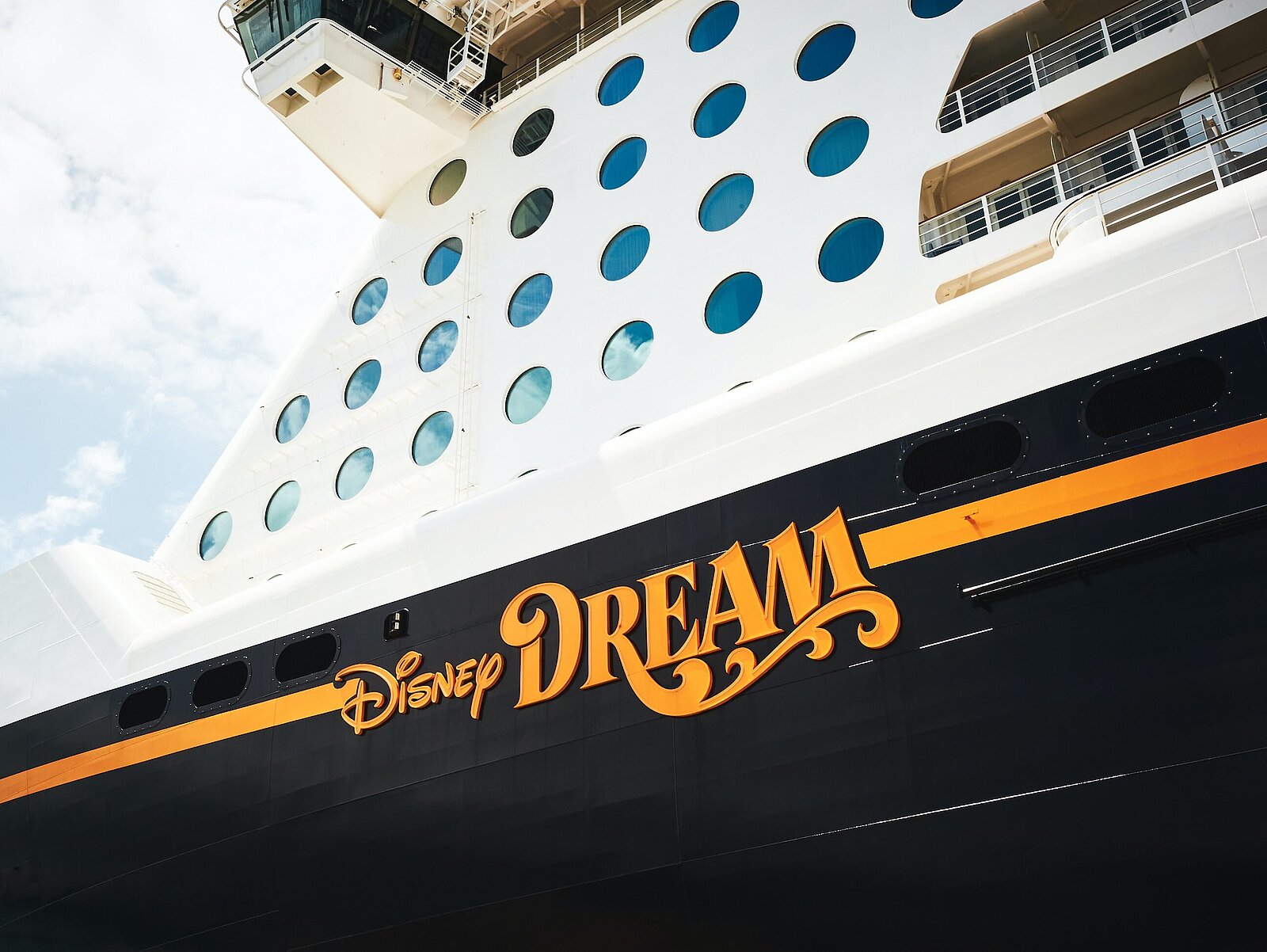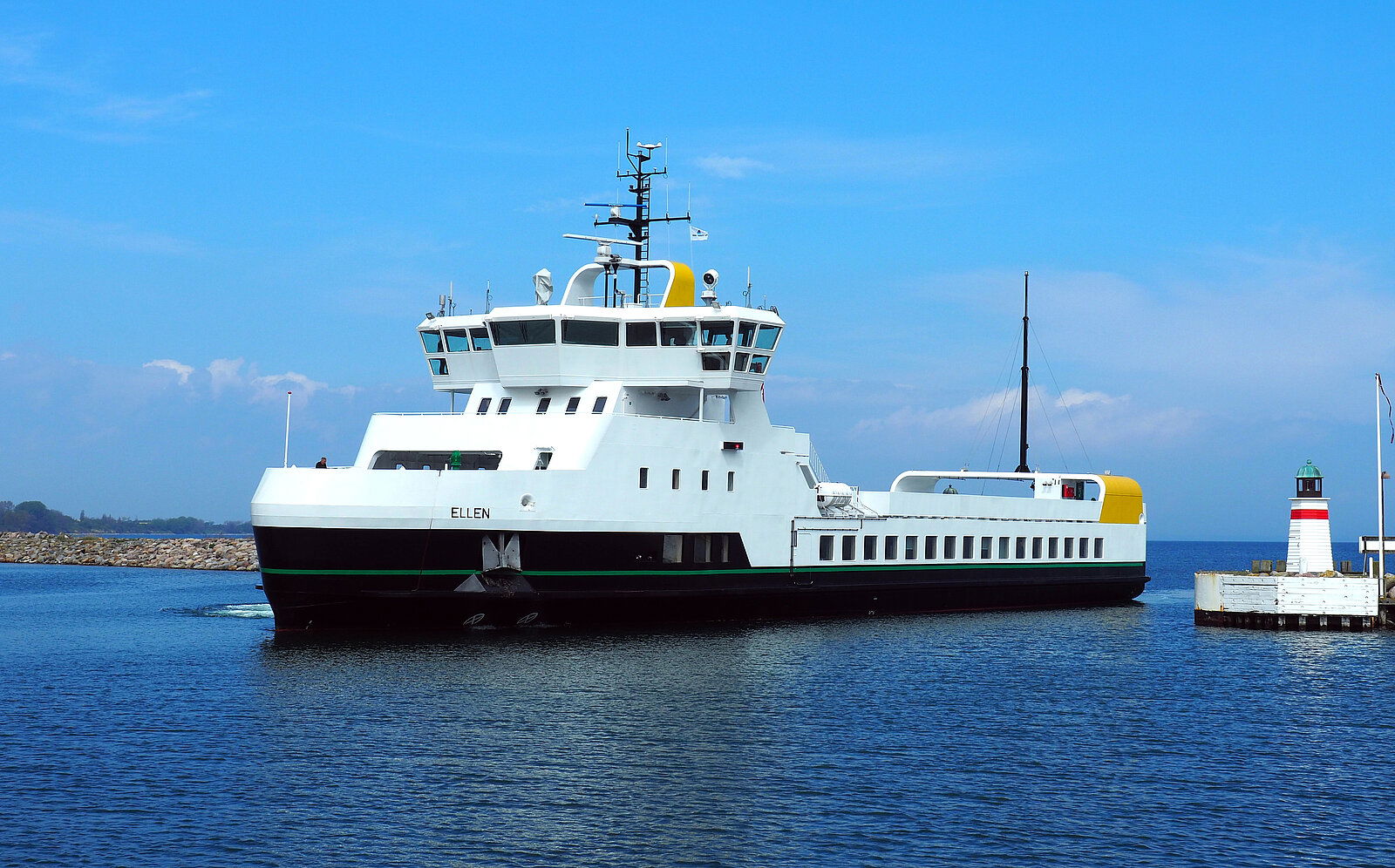Further information on products can be found here
Innovative EFerry for island operation in Denmark is equipped with VULKAN components.
ÆrØ is an island in the south of Denmark. It has been a pioneering community for renewable energy projects since the 70s and 80s. The mayors have committed to making ÆrØ CO2 neutral before 2025. Wind turbines, district heating based on solar thermal, biomass and photovoltaics generate most of the island's needs for electricity and heat. So it is obvious to use this energy also for the island ferry service.
The project has been funded by the EU H2020 program (Research & Innovation Horizon 2020) since June 2015. It includes the design, construction and demonstration of an all-electric medium-sized ferry (Green Ship) for medium-haul services. This can travel in an environmentally friendly way and without CO2 emissions. It is therefore a 100% electric ship.
ÆRØ-Ferry will test the E-Ferry (commissioned July 2019, regular ferry service since 15.08.2019) over 2 years on the route Fynshav to Sœby (Aero island) and Sœby (ÆrØ island) to Faaborg. Furthermore ÆRØ-Ferry will test and validate the feasibility and economic viability of the concept to the industry and ferry operators. Particular attention will also be paid to reduced noise emissions into the water and air during port berthing, reduced wave action even at high speed, high safety standards, lightweight construction of the superstructure and main components, and extreme energy efficiency.
There are two separate propulsion systems installed:
E-drive motor - highly elastic VULKAN VULKARDAN F coupling - gearbox - Piening shaft system and fixed pitch propeller.
The newly developed VULKARDAN F5410 with clamping hub connection and classification according to DNV with ice class 1C is used. These were delivered as one of the first coupling designs in April 2017 and successfully installed in the plant The traction motors as well as the gearboxes are mounted elastically or hard-elastically.
During the seatrails and since commissioning, the couplings have been running without any complaints and meet the demands placed on them. VULKAN has thus made a further contribution to "green ship technology".
The e-ferry_logo_colour project will be presented at various events and will certainly attract attention for further new ferry constructions in short-sea traffic. We will continue to follow this project and are looking forward to the first operational results. Further information can be found at e-ferryproject.eu.
Technical data of the ferry:
| installed power: | 2x 750KW |
|---|---|
| Battery capacity: | 4,3 MWh Lithium-Ionen |
| Length/width/draught | 59,5m/12,8m/2,5m |
| Payload: | 31 cars or 4 trucks plus 8 cars on the open deck, 147/196 passenger in winter/summer |
| Speed: | up to 14 knots |
| Range between charging periods: | 2x 10.7 NM, 800VDC charging system |


